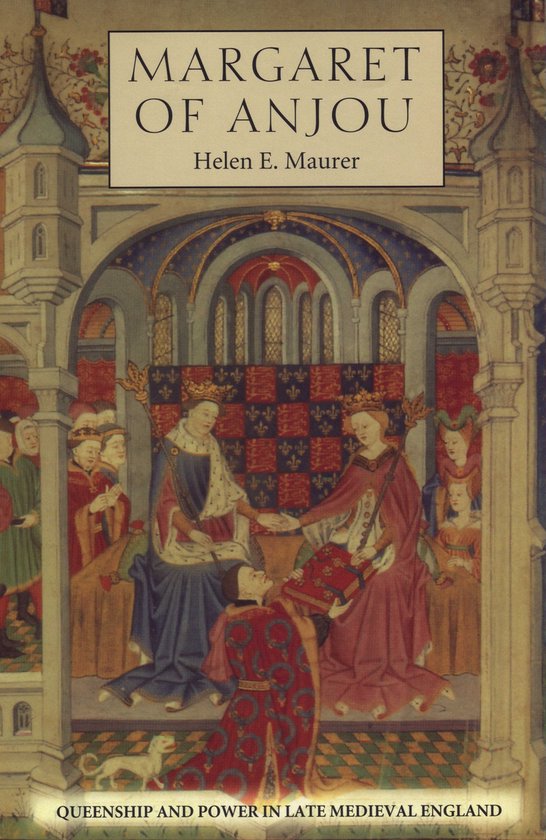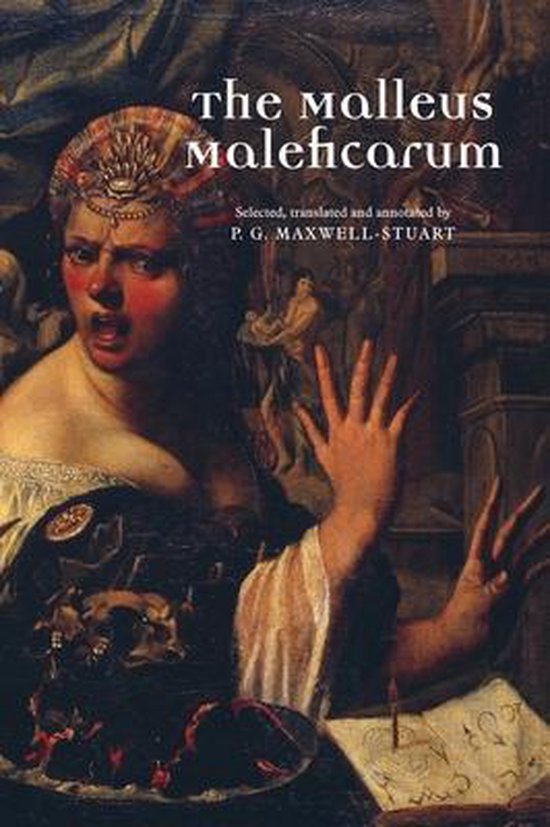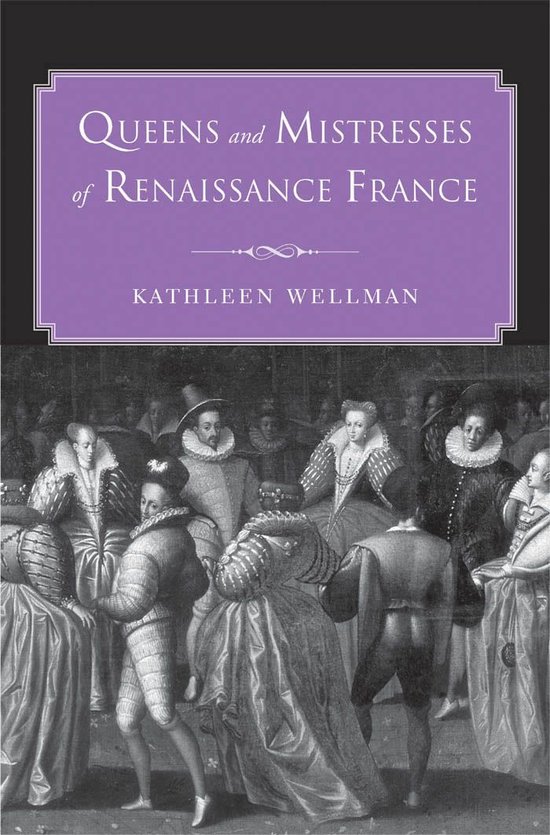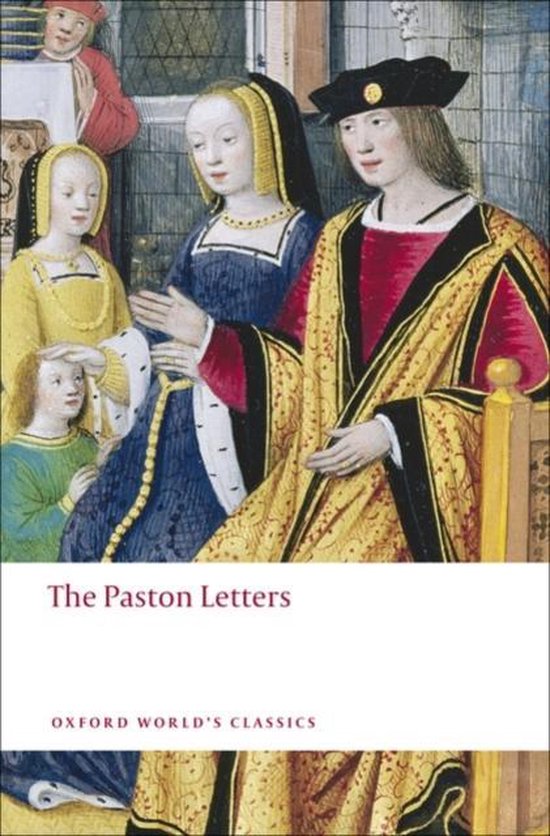
Margaret of Anjou – Queenship and Power in Late Medieval England
Margaret of Anjou was a vengeful and violent woman, or so we have been told, whose vindictive spirit fuelled the fifteenth-century dynastic conflict, the Wars of the Roses. In Shakespeare's rendering, she becomes an adulterous queen who mocks her captive enemy, Richard, duke of York, before killing him in cold blood.
Margaret of Anjou was a vengeful and violent woman, or so we have been told, whose vindictive spirit fuelled the fifteenth-century dynastic conflict, the Wars of the Roses. In Shakespeare's rendering she becomes an adulterous queen who mocks her captive enemy, Richard, duke of York, before killing him in cold blood. Shakespeare's portrayal has proved to be remarkably resilient, because Margaret's queenship lends itself to such an assessment. In 1445, at the age of fifteen, she was married to the ineffectual Henry VI, a move expected to ensure peace with France and an heir to the throne. Eight years later, while she was in the later stages of her only pregnancy, Henry suffered a complete mental collapse that left him catatonic for roughly a year and a half: Margaret came to the political forefront. In the aftermath of the king's illness, she became an indefatigable leader of the Lancastrian loyalists in their struggle against their Yorkist opponents. Margaret's exercise of power was always fraught with difficulty: as a woman, her effective power was dependent upon her invocation of the authority of her husband or her son. Her enemies lost no opportunity to charge her with misconduct of all kinds. More than five hundred years after Margaret's death this examination of her life and career allows a more balanced and detached view.
Margaret of Anjou was a vengeful and violent woman, or so we have been told, whose vindictive spirit fuelled the fifteenth-century dynastic conflict, the Wars of the Roses. In Shakespeare's rendering she becomes an adulterous queen who mocks her captive enemy, Richard, duke of York, before killing him in cold blood. Shakespeare's portrayal has proved to be remarkably resilient, because Margaret's queenship lends itself to such an assessment. In 1445, at the age of fifteen, she was married to the ineffectual Henry VI, a move expected to ensure peace with France and an heir to the throne. Eight years later, while she was in the later stages of her only pregnancy, Henry suffered a complete mental collapse that left him catatonic for roughly a year and a half: Margaret came to the political forefront. In the aftermath of the king's illness, she became an indefatigable leader of the Lancastrian loyalists in their struggle against their Yorkist opponents. Margaret's exercise of power was always fraught with difficulty: as a woman, her effective power was dependent upon her invocation of the authority of her husband or her son. Her enemies lost no opportunity to charge her with misconduct of all kinds. More than five hundred years after Margaret's death this examination of her life and career allows a more balanced and detached view.
| Auteur | | Helen E Maurer |
| Taal | | Engels |
| Type | | Paperback |
| Categorie | | Geschiedenis |





